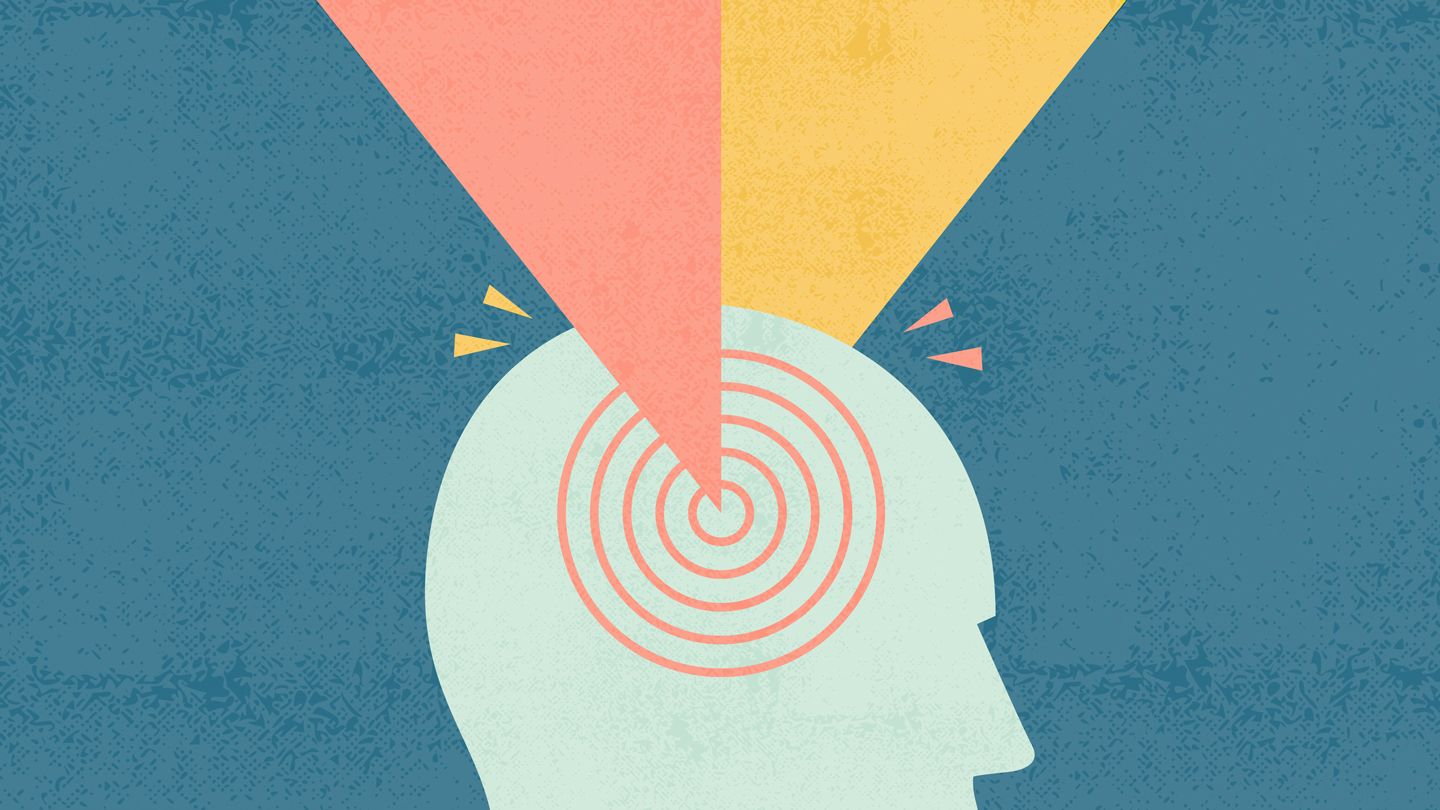How Lexapro Works to Treat Depression and Anxiety
Lexapro (escitalopram) is a commonly prescribed SSRI antidepressant medication. It works by increasing serotonin levels in the brain which regulates mood, emotion, and overall sense of well-being. Lexapro is FDA approved to treat major depressive disorder (chronic low mood) and generalized anxiety disorder.
Getting Through the First Few Weeks
It takes around 4-6 weeks for Lexapro to build up enough in your system to have noticeable effects on depressive symptoms like a persistently sad mood, lack of energy/motivation, changes in appetite and sleep, loss of enjoyment, and even suicidal thoughts.
In the first 1-2 weeks as your body adjusts to Lexapro, you will likely experience some temporary side effects. Knowing what to expect and how to manage any initial side effects makes getting through this initial period smoother so you feel better long term.
Common Lexapro Side Effects the First Week
Some people have very few side effects starting Lexapro, but most experience at least some temporary issues in the beginning. The most frequently reported Lexapro side effects occurring the first week are:
1. Headaches
Headaches are very common when first taking Lexapro or increasing the dose. These occur because of changes in serotonin and other brain chemicals as your body adjusts to the medication. Stay well hydrated, rest, limit strenuous activity, and you can take acetaminophen if needed for relief.
2. Fatigue and Sleepiness
Feeling more tired than usual or sedated is commonly reported with new antidepressants including Lexapro. Avoid operating vehicles or machinery if very drowsy. Get extra rest, don’t overexert yourself, and effects should diminish over 1-2 weeks.
3. Nausea and Digestive Upset
Stomach discomfort, nausea, diarrhea or constipation are also very possible when beginning Lexapro or raising dosages. Watch your diet, stay hydrated, and a probiotic can help restore good gut bacteria. Taking Lexapro with food may also minimize stomach irritation.
4. Dizziness and Impaired Concentration
Some people feel “out of it" - mentally foggy with difficulty concentrating or focusing when they start taking Lexapro. Balance may also be off with sensations of the room spinning. Effects generally resolve within 7-10 days.
5. Insomnia and Vivid Dreams
While fatigue is common initially, paradoxically, trouble sleeping is also very possible when starting Lexapro. Melatonin, targeted sleep support supplements and good sleep hygiene can help counteract insomnia until the medication equilibrates.
6. Sexual Dysfunction
Like many antidepressants, Lexapro may interfere with sexual functioning - decreasing libido and making it harder to become aroused or reach orgasm. Most sexual side effects won’t develop until after the first week or two. Discuss ongoing issues with your doctor.
7. Weight Changes
Some gain or lose a few pounds when starting Lexapro due to shifts in appetite and metabolic factors. Track your weight, eat a high protein diet, stay active, and limit processed carbs and sugar to maintain current weight as best as possible.
Managing Common Lexapro Early Side Effects
Here are some key tips that can help minimize difficult early side effects from Lexapro so you push through the first critical weeks to feel better long term:
Allow Your Body Time To Adjust
It takes 4-6 weeks for Lexapro to achieve full effects on depressive and anxiety symptoms for most people. Similarly, it takes 1-2 weeks for side effects to fade as your body gets used to the drug. Have patience, almost all initial side effects resolve within 7 to 14 days.
Stay In Close Contact With Your Doctor
If early Lexapro side effects like severe headaches or intense nausea make you want to just stop the medication, call your doctor first. There may be dosage adjustments or additional supportive meds to ease the transition without quitting Lexapro outright.
Try Taking Lexapro Before Going To Bed
Since fatigue and sleep changes are very common Lexapro side effects at first, adjust timing of when you take it. Taking Lexapro tablets just before bedtime could help you “sleep through” the worst of any initial side effects.
Avoid Operating Vehicles or Machinery
Until early side effects like significant dizziness, impaired concentration, intense fatigue or blurred vision resolve - avoid driving vehicles or running hazardous machinery for your safety and others.
Stay Well Hydrated
Being well hydrated can relieve symptoms like headaches, constipation, and dizziness. Aim for 64+ ounces of water daily, more if symptoms are severe or you engage in strenuous activity causing excess sweating.
What To Expect After The First Week on Lexapro
Now you have a good idea what potential side effects may show up that first week or two on Lexapro, what does the next phase of treatment look like? Here’s what you can expect with ongoing Lexapro use after pushing past those first difficult weeks:
1. Side Effects Diminish
Common early side effects like fatigue, nausea, insomnia, and headaches typically improve greatly by 10-14 days on Lexapro. Your body adjusts to functioning normally with the medication circulating in your system.
2. Therapeutic Effects Build
While mood won’t instantly elevate day 1 on Lexapro, as it builds up in your body over 4-6 weeks, you should notice more motivation, less feelings of sadness or emptiness, more enjoyment of life, and less anxious thoughts or panic.
3. Taper Off Slowly If Quitting
If Lexapro isn’t working well or produces difficult side effects after giving it 6-8 weeks, do NOT stop abruptly or you may experience withdrawal effects. Always taper off SSRI antidepressants slowly over 4+ weeks.
Switching to an alternative medication like serotonin norepinephrine reuptake inhibitors (SNRIs) is also an option if Lexapro isn’t effective enough or causes intolerable issues.
Check with your doctor before making major changes to your Lexapro regimen like dosage adjustments or stopping altogether.
The Bottom Line - Lexapro First Week Side Effects
The most common side effects of Lexapro in the first 1-2 weeks involve the nervous system and digestive tract - headaches, dizziness, nausea, fatigue, sleep changes and difficulty concentrating. This reflects the medication influencing serotonin and other chemical messengers as your body adjusts.
Being aware of early Lexapro side effects, taking them slowly, staying in touch with your doctor, and allowing 4-6 weeks for full therapeutic effects can help you push through initial difficulties. At prescribed doses for those with anxiety, depression or OCD, rewards outweigh short term discomforts for most people long term.
FAQs
Do Lexapro side effects go away after a week?
Most common Lexapro early side effects like headaches, nausea, drowsiness, and insomnia start improving after about 7-10 days for most people as your body adjusts to the medication.
When do Lexapro therapeutic effects start?
It takes 4-6 weeks for Lexapro to achieve full antidepressant and anti-anxiety effects. Mood gradually elevates and anxious thoughts decrease during this period as it builds up in your system.
Can you just stop Lexapro cold turkey after a week?
No, it is never advisable to just stop an SSRI antidepressant suddenly after only a week or two due to risk of withdrawal effects. Always taper Lexapro slowly over 4+ weeks under medical supervision.
What helps manage fatigue on early Lexapro use?
If very fatigued starting Lexapro, get extra rest, avoid operating vehicles/machinery, take tablets at bedtime, stay hydrated, limit strenuous activity, and effects diminish within 7-14 days.
Disclaimer: This article is for informational purposes only and does not constitute medical advice. Always consult with a healthcare professional before starting any new treatment regimen.
Related Coverage
As winter sets in, many people suffer from seasonal affective disorder (SAD). Learn what causes it, who's at risk, and evidence-based treatment options available....
Living alone allows for more freedom and self-growth but can increase depression risk. Here are 5 tips to safely enjoy the perks of independent solo living....
Learn the most common symptoms of depression that should not be ignored, like persistent sad mood, sleep issues, appetite changes, and suicidal thoughts....
Magnesium-rich sprouts like alfalfa help calm anxiety in fall and winter. Pair with warming ginger, sweet potatoes, salmon, chamomile tea for relaxation....
Supporting someone with depression can be challenging. Learn effective strategies for providing emotional support, encouraging professional treatment, and taking care of yourself....
Lexapro may cause sleepiness as a side effect. Learn why Lexapro makes some people tired, plus tips for managing daytime fatigue and exhaustion from this SSRI....
The belief depression is not real reflects misconceptions. Examining its complex causes and why compassionate treatment matters can help shift attitudes....
Psychotic depression causes a detachment from reality with hallucinations, delusions and confused thinking. With proper diagnosis and treatment, recovery is possible....
While school's out, some teachers still struggle with reverse seasonal affective disorder and summer sadness due to work stress, isolation, inconsistent pay and more....
In 2022, Wayne Brady revealed an aggressive prostate cancer diagnosis. Learn about his treatment choice to have surgery, recovery journey, and efforts now to advocate for men's health....









